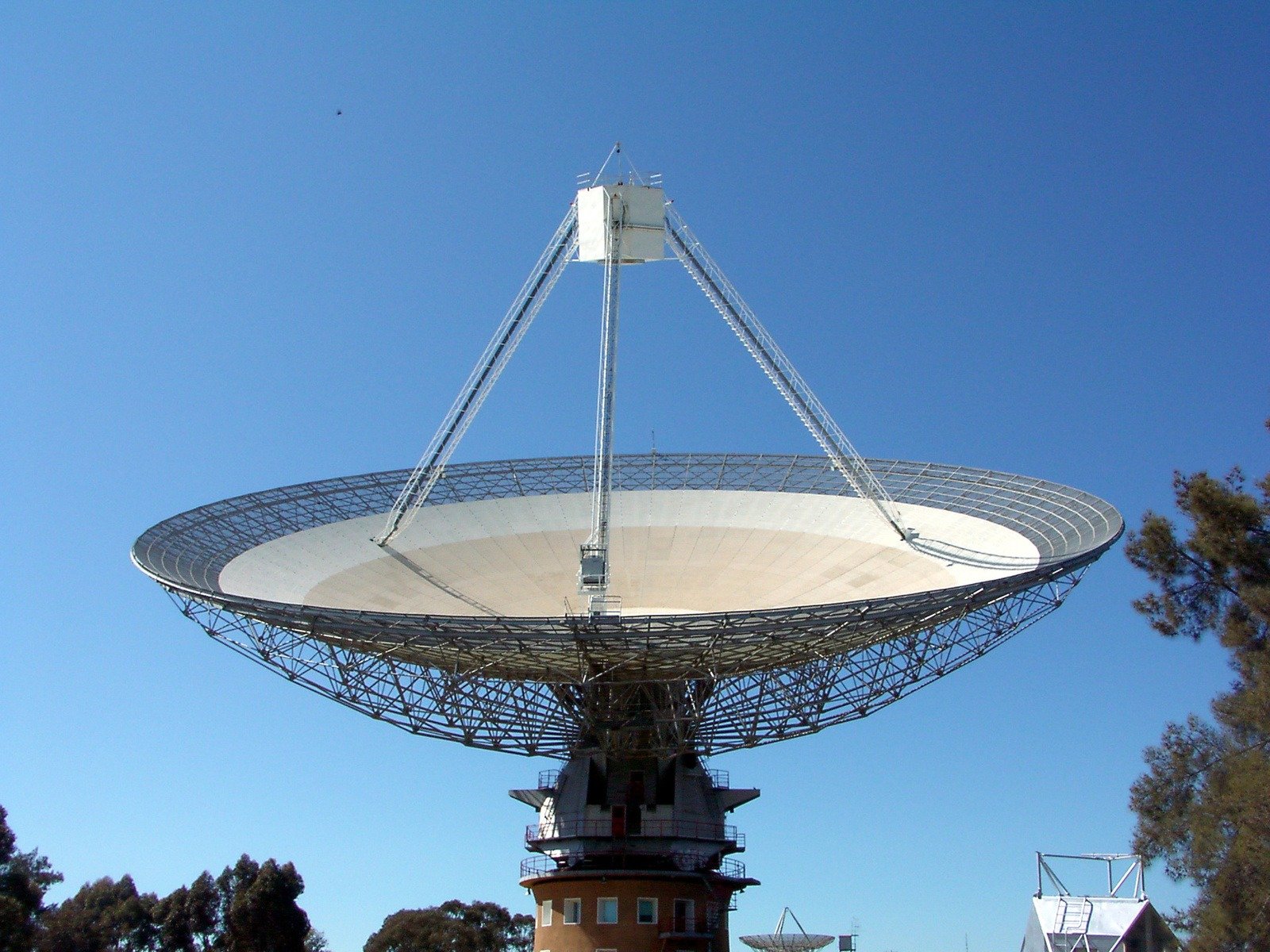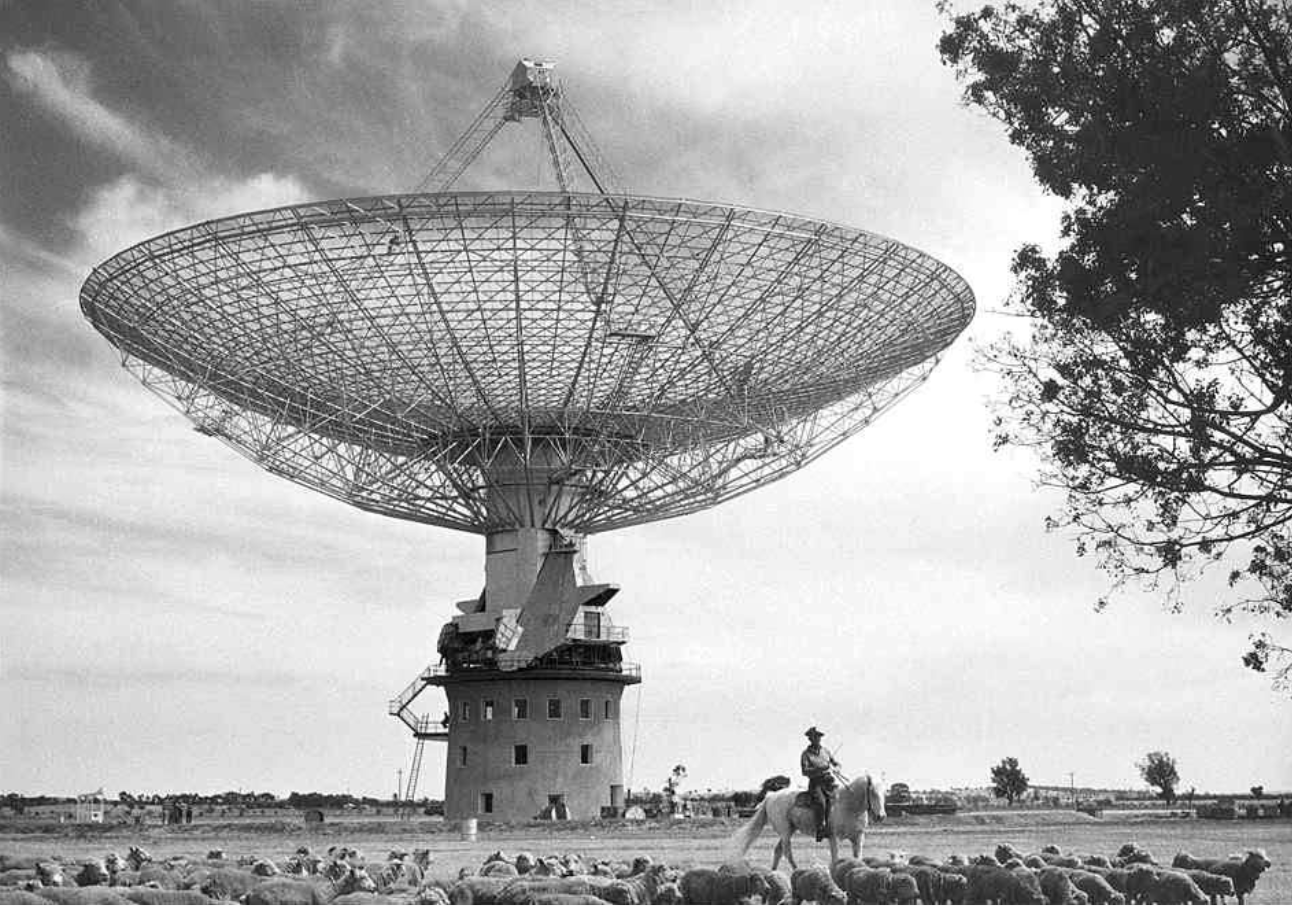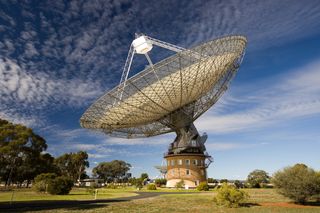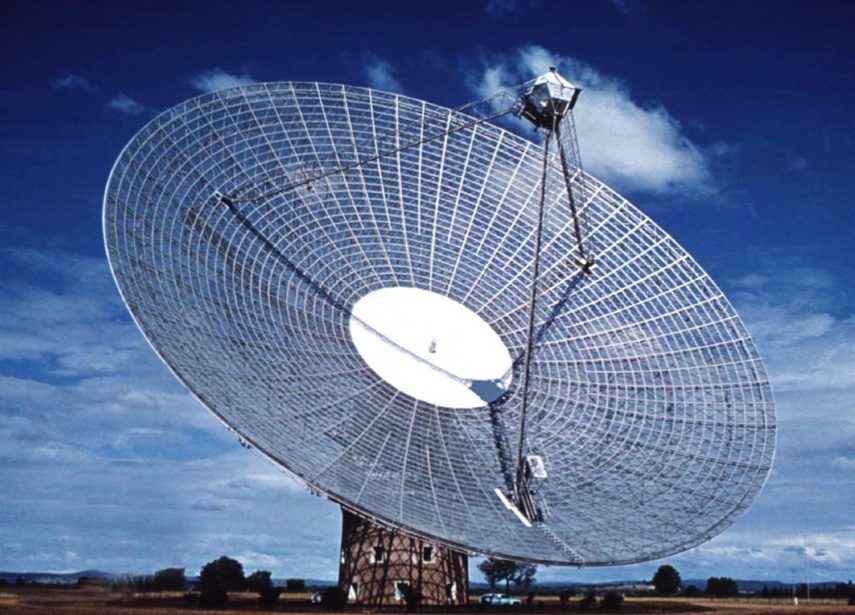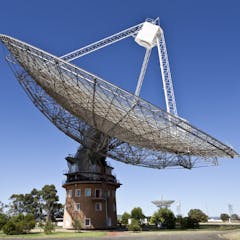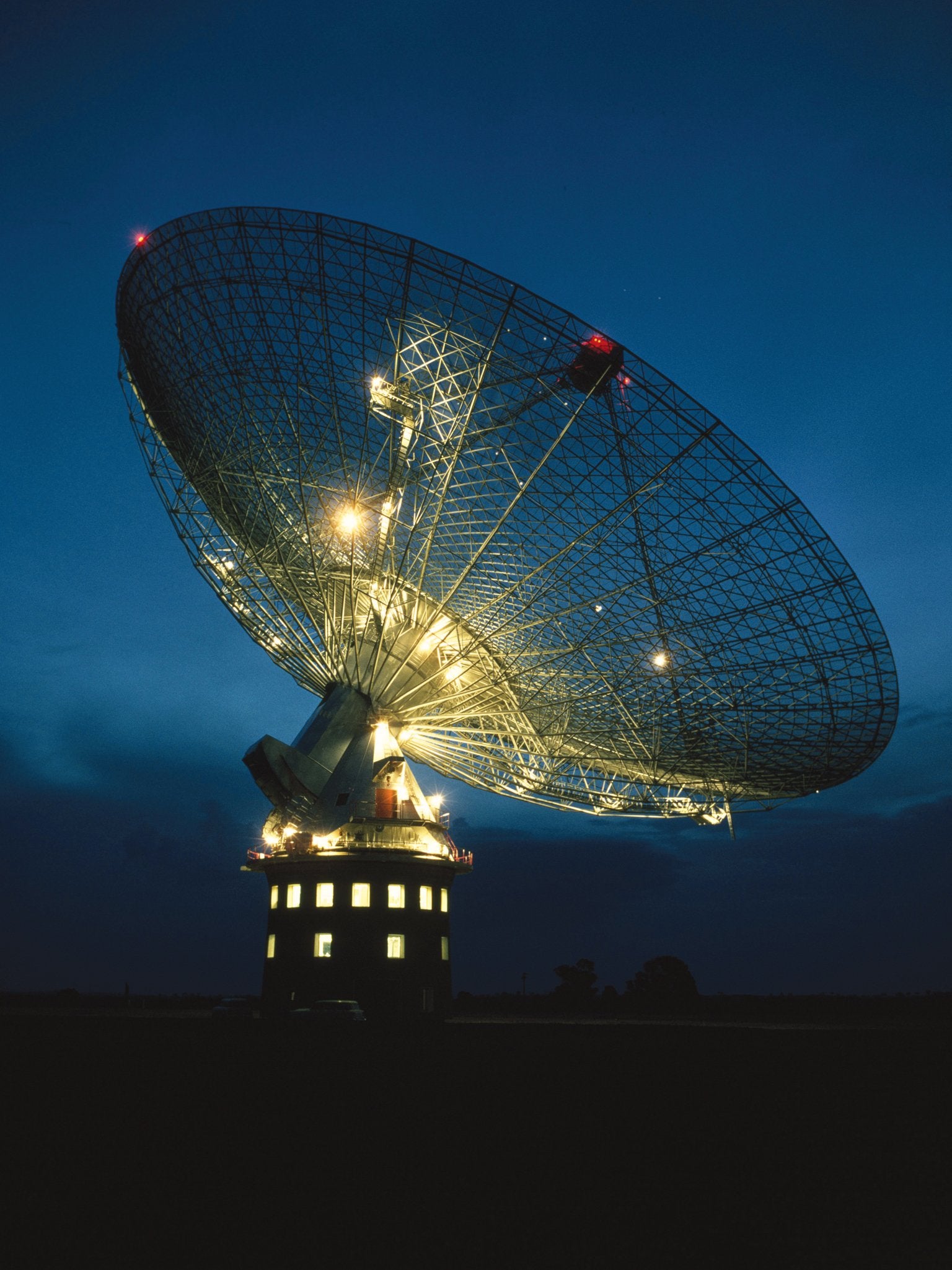
Parkes radio telescope is a 64-m diameter parabolic dish used for radio astronomy. This Telescope brought live pictures to television when man 1st landed on the moon in Apollo 11 on 21

View showing the 64-m Parkes Radio Telescope and to the right of it the... | Download Scientific Diagram

ATLANTIC SKIES: The cacophony of space: Radio astronomy lets us listen to the sounds of the universe | SaltWire

Parkes radio telescope is a 64-m diameter parabolic dish used for radio astronomy. This Telescope brought live pictures to television when man 1st landed on the moon in Apollo 11 on 21 July 1969 - Parkes, New South Wales, Australia Stock Photo - Alamy

Parkes radio telescope is a 64-m diameter parabolic dish used for radio astronomy. This Telescope brought live pictures to television when man 1st landed on the moon in Apollo 11 on 21 July 1969 - Parkes, New South Wales, Australia Stock Photo - Alamy


